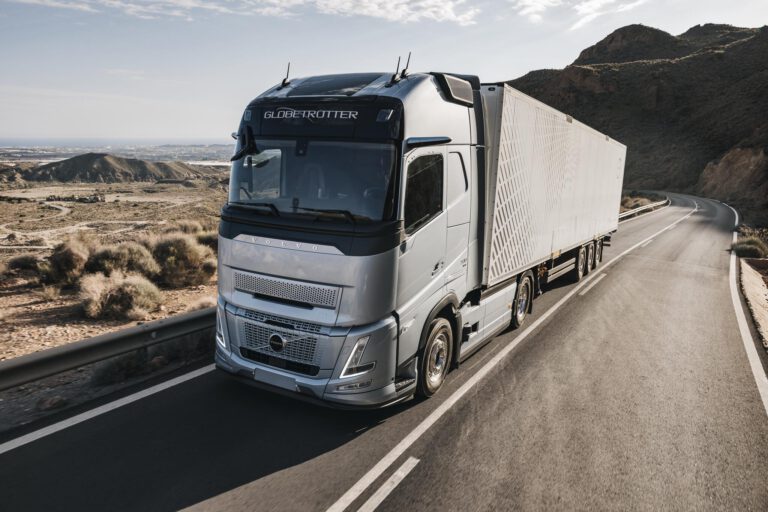NASA has chosen 12 companies to collaborate on key technology development related to NASA’s Moon to Mars Objectives. These collaborations will advance capabilities and technologies that will ultimately benefit not only NASA but the entire aerospace industry. The 16 proposals selected from these companies under the 2022 Announcement of Collaboration Opportunity (ACO) include a new lunar rover tire design, a robotically assembled power system, and an electrically actuated device to join in-space propellant transfer lines, among other innovations.
NASA will provide access to its unique facilities and technical expertise to these U.S. industry-led teams. This direct support from NASA will allow continued development of promising technologies without the transfer of funds. NASA believes that by sharing knowledge and facilities with U.S. companies, it can help mature capabilities that promise to benefit its objectives and the aerospace industry as a whole. These awards allow NASA to work with both small and large companies to advance some of the most crucial technologies for future exploration.
Since the inaugural ACO in 2015, the Space Technology Mission Directorate (STMD) has supported over 75 ACO projects, including the new awards. The period of performance will be negotiated for each agreement, with an expected duration of between 12 and 24 months. The total estimated value of agency resources to support the agreements is approximately $14.5 million. The selected proposals will be led by a diverse array of companies including small and large businesses and will develop a broad range of technologies.
Venturi Astrolab, one of the 12 selected companies, will work with NASA’s Glenn Research Center in Cleveland and Johnson Space Center in Houston to demonstrate a durable lunar rover tire that can tolerate extremely cold temperatures. The design could allow mission planners to consider more lunar locations for rover exploration and longer traverses. Psionic, another selected company, seeks to expand a well-tested landing technology called Navigation Doppler Lidar to make wind measurements. The small business will work with NASA’s Langley Research Center in Hampton, Virginia, to adapt the technology for new potential applications such as real-time air traffic management using a satellite constellation and providing better data for studying the climates of both Earth and Mars.
Lockheed Martin, a third selected company, will advance in-space manufacturing technologies for thermoplastic composites. This low-cost material requires less energy to make in-orbit compared to metal. The company will test the technique in simulated space environments with several NASA centers. These collaborations reduce the development cost of space technologies and aim to accelerate the infusion of new capabilities. The 2022 ACO solicitation topics were intentionally broad, allowing industry to propose emerging capabilities with the widest potential benefit, increasing access to space for all.
What do you think about NASA’s decision to collaborate with private companies? Do you believe it will help accelerate space exploration and reduce costs?

















+ There are no comments
Add yours